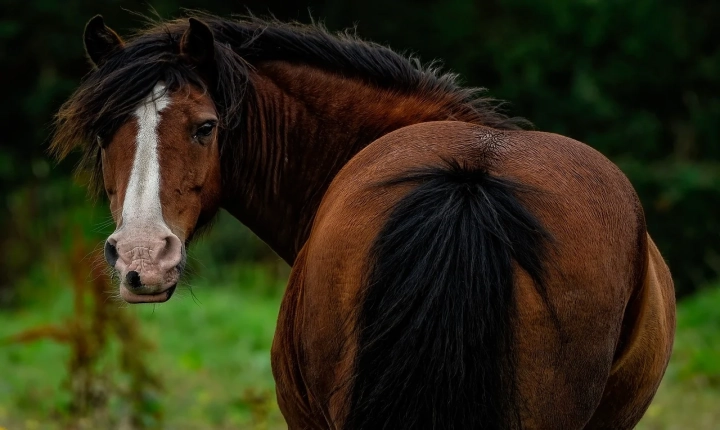Rendering environments in OpenAI Gym is an essential step in developing and testing reinforcement learning algorithms. OpenAI Gym provides a variety of environments ranging from classic control problems to complex robotics tasks, and being able to visualize and interact with these environments is crucial for understanding the behavior of the agent and evaluating its performance. In this article, we will discuss how to render environments in OpenAI Gym and explore some best practices for effective visualization.
Rendering environments in OpenAI Gym is a straightforward process that involves a few simple steps. The first step is to install the OpenAI Gym library, which can be done using pip:
“`bash
pip install gym
“`
Once OpenAI Gym is installed, you can import the library and create an environment using the following code:
“`python
import gym
env = gym.make(‘CartPole-v0’)
“`
In this example, we are creating an environment for the classic CartPole problem. Once the environment is created, the next step is to render it to visualize the state and action space. This can be done using the `render()` method, as shown below:
“`python
env.reset()
for _ in range(1000):
env.render()
action = env.action_space.sample()
observation, reward, done, info = env.step(action)
if done:
break
env.close()
“`
In this code snippet, we first reset the environment to its initial state using `env.reset()`. Next, we enter a loop where we render the environment using `env.render()`, take a random action from the action space using `env.action_space.sample()`, and then apply the action to the environment using `env.step(action)`. We continue this loop until the episode is done, at which point we close the environment using `env.close()`.
While the process of rendering environments in OpenAI Gym is straightforward, there are several best practices to keep in mind to ensure effective visualization and interaction. Here are some tips for rendering environments in OpenAI Gym:
1. Monitor Frames Per Second (FPS): Rendering environments can be computationally intensive, especially for complex tasks or when running multiple environments in parallel. It is important to monitor the FPS to ensure that the visualization is smooth and responsive.
2. Visualize State Space: Depending on the type of environment, it may be useful to visualize the state space to gain insights into the dynamics of the environment. This can involve plotting the state variables or using custom visualizations to represent the state.
3. Interactive Rendering: OpenAI Gym provides support for interactive rendering using tools like Pygame or OpenGL. This allows for more advanced visualization and interaction capabilities, such as mouse and keyboard input for controlling the agent.
4. Customize Rendering: OpenAI Gym allows for customization of the rendering process, which can be useful for highlighting specific aspects of the environment or for integrating external tools for visualization.
5. Debugging: Rendering the environment can be useful for debugging reinforcement learning algorithms, as it provides visual feedback on the behavior of the agent and the dynamics of the environment.
In conclusion, rendering environments in OpenAI Gym is an essential aspect of developing and testing reinforcement learning algorithms. By following best practices for effective visualization and interaction, developers can gain insights into the behavior of their agents and improve the efficiency of their research and development efforts. With the growing popularity of reinforcement learning, mastering the art of rendering environments in OpenAI Gym is a valuable skill for researchers and practitioners in the field.
